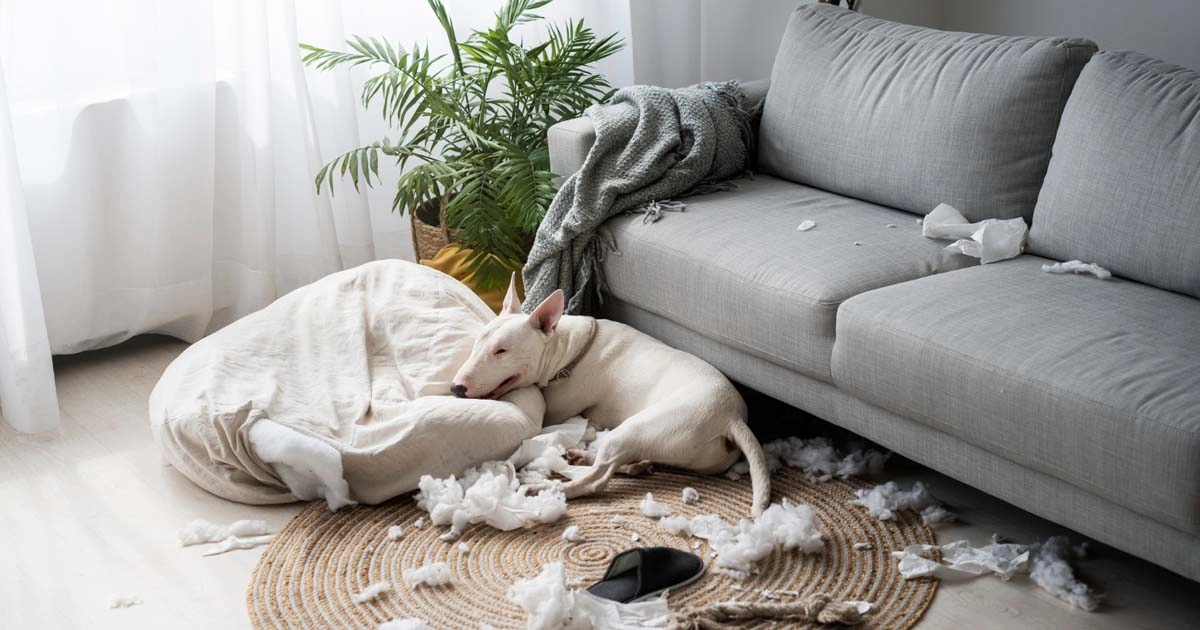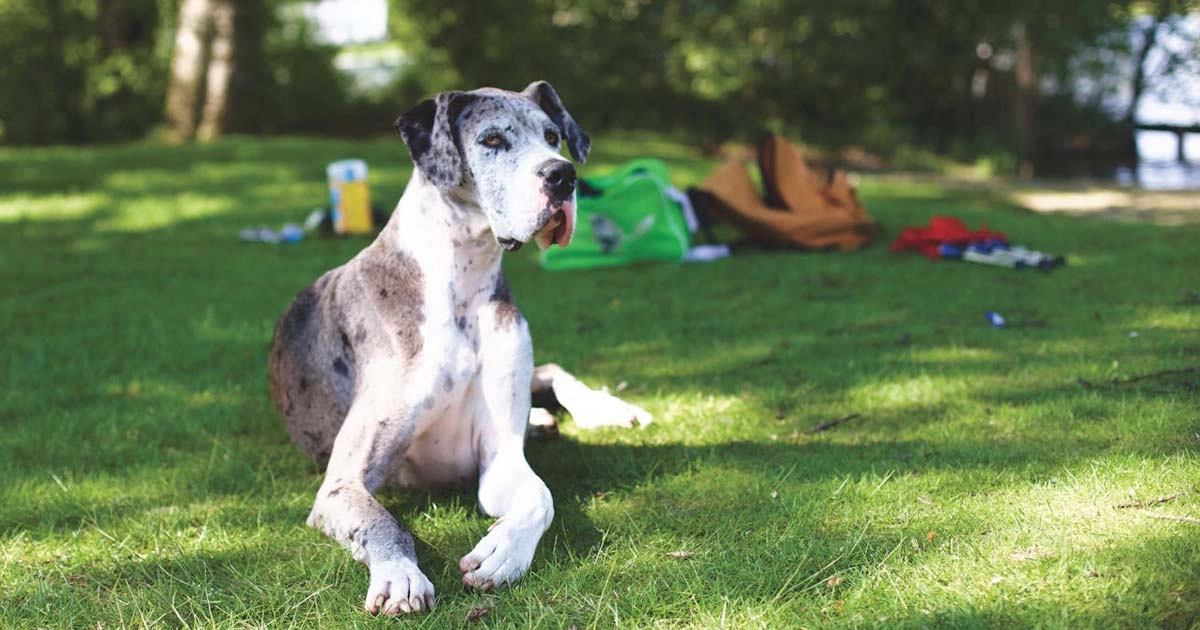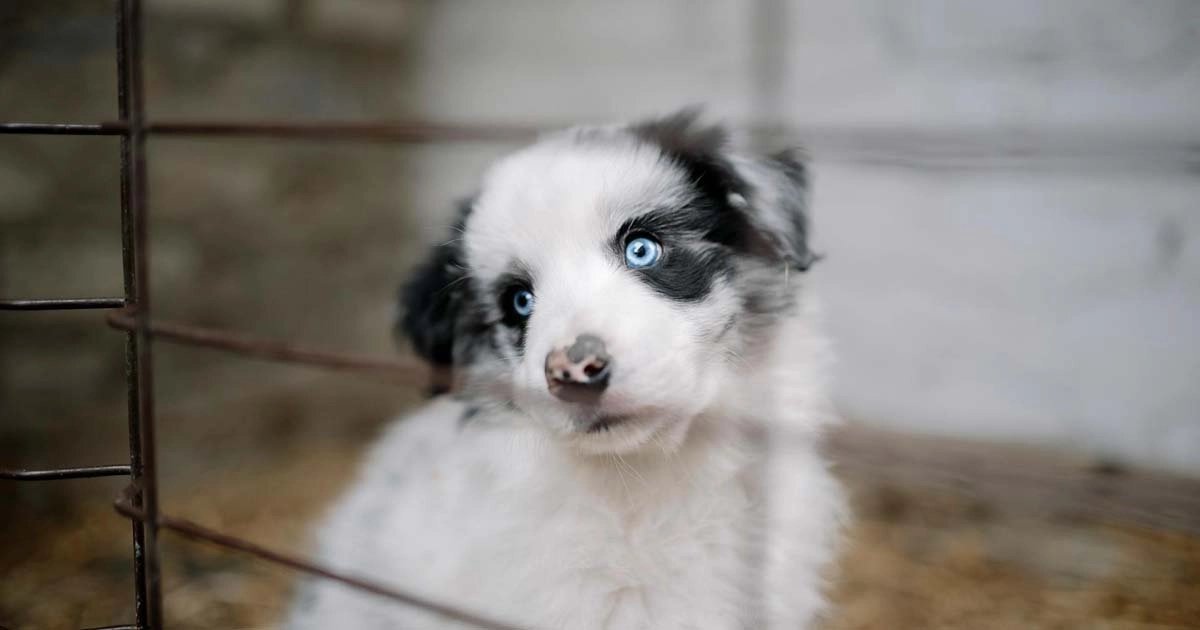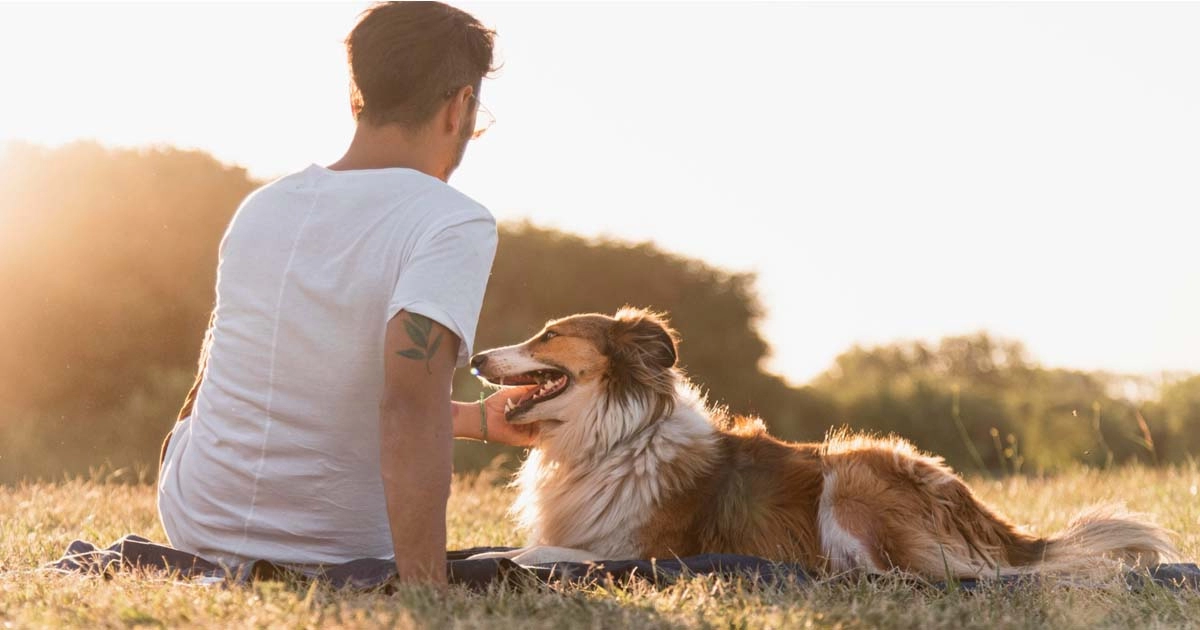Wild greens and dogs: Covert dangers you should be aware of

Dog
07/04/2025
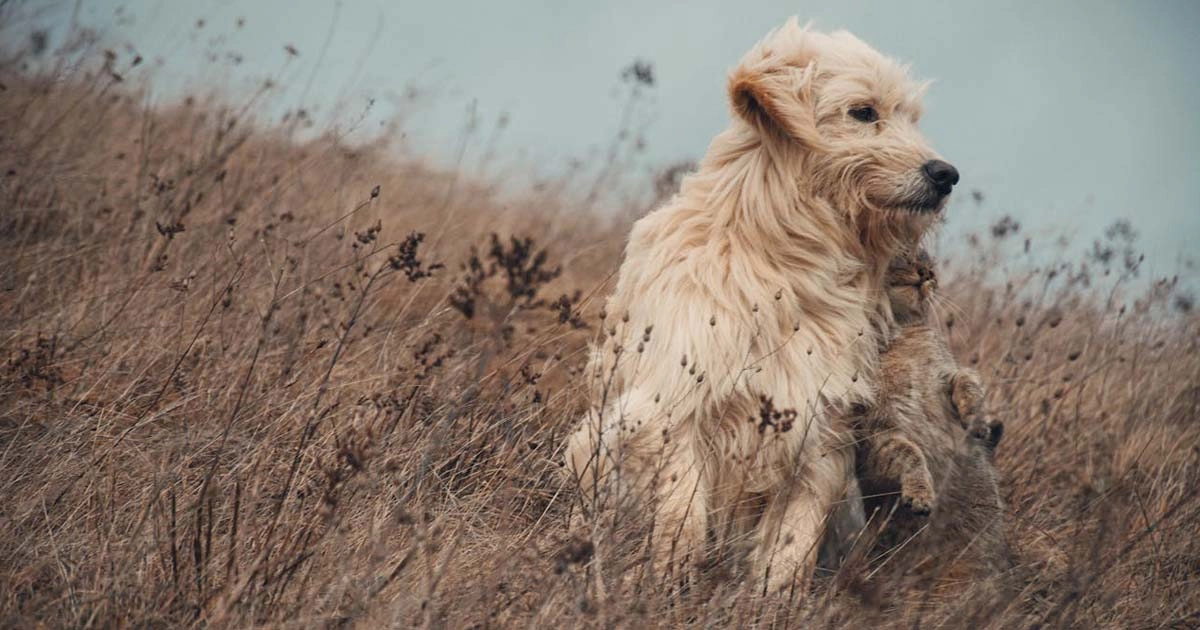
When we take our dogs out in nature for a walk, it's like a final escape. But under the tranquility and greens are hidden dangers—wild plants and greens that are poisonous to your dog, not only if swallowed, but also if they come in contact with the skin, enter the eyes, ears, or paws. We believe here at mybestie.gr that it's keeping your dog protected that consists of being aware of even the less common risks of outdoor adventures.
Table of contents
Common wild plants that are potentially harmful
1. Foxtails
They seem innocent with all those spiky seed heads, but they're so dangerous. Foxtails can tunnel in a dog's ears, nose, eyes, or paws and lead to infection, abscesses, and even internal damage if left untreated.
2. Stinging nettle
This plant can make your dog itch, their skin get irritated, and swell. If your dog rubs against nettles or sniffs them, they can get painful rashes or even eye irritation if it gets too close to their face.
3. Lilies and bulb plants
Many people feel that lilies are dangerous for cats, but they are bad for dogs, too. Ingesting them can cause vomiting, diarrhea, and even kidney issues. At worst, foliage from plants built around bulbs like tulips or daffodils is toxic.
4. Thistle and thorny weeds
While not poisonous, they might scratch your dog's paw pads or get clogged in his fur and ears. They are painful, might make him limp, or develop an infection if not cleaned properly after a walk.5. Awns
These sharp, barbed seed heads found on grasses can burrow into the skin, ears, eyes, or paws, leading to infections or serious internal damage if not removed promptly.
- Eyes: Sharp thorns and small seeds may get lodged in the eyes, resulting in redness, swelling, or even corneal injury.
- Ears: Foxtails and tall grasses can get inserted into the ear canal, making dogs shake their heads or scratch incessantly.
- Skin paws: Scratching against irritants like nettles or plants with rough edges may result in cuts, rashes, or sore inflammation.
How to protect your dog outdoors
- Stay on open paths and not via thick, heavy undergrowth.
- Check your dog's ears, eyes, and paws after each walk.
- Brush gently with a soft brush to remove stuck seeds or grass.
- Carry a small first aid kit with saline solution and tweezers.
- Learn about plants in your area so that you can avoid poisonous areas.
Symptoms to look out for
If your dog has come into contact with poisonous plants, you might notice:
- Persistent licking of paws or limping.
- Red or inflamed eyes.
- Shaking their head or rubbing at ears.
- Sneezing or runny nose.
- Vomiting or drowsiness.
If any of these are noticed, call your vet immediately.
Nature is beautiful - but stay alert!
One of life's greatest pleasures is spending time with nature and your dog, but safety comes first. Understanding what plants can hurt—and how to avoid them-can make each outing a happy and safe one. For additional helpful hints and reliable pet guidance, visit mybestie.gr. Because love starts with protecting.
